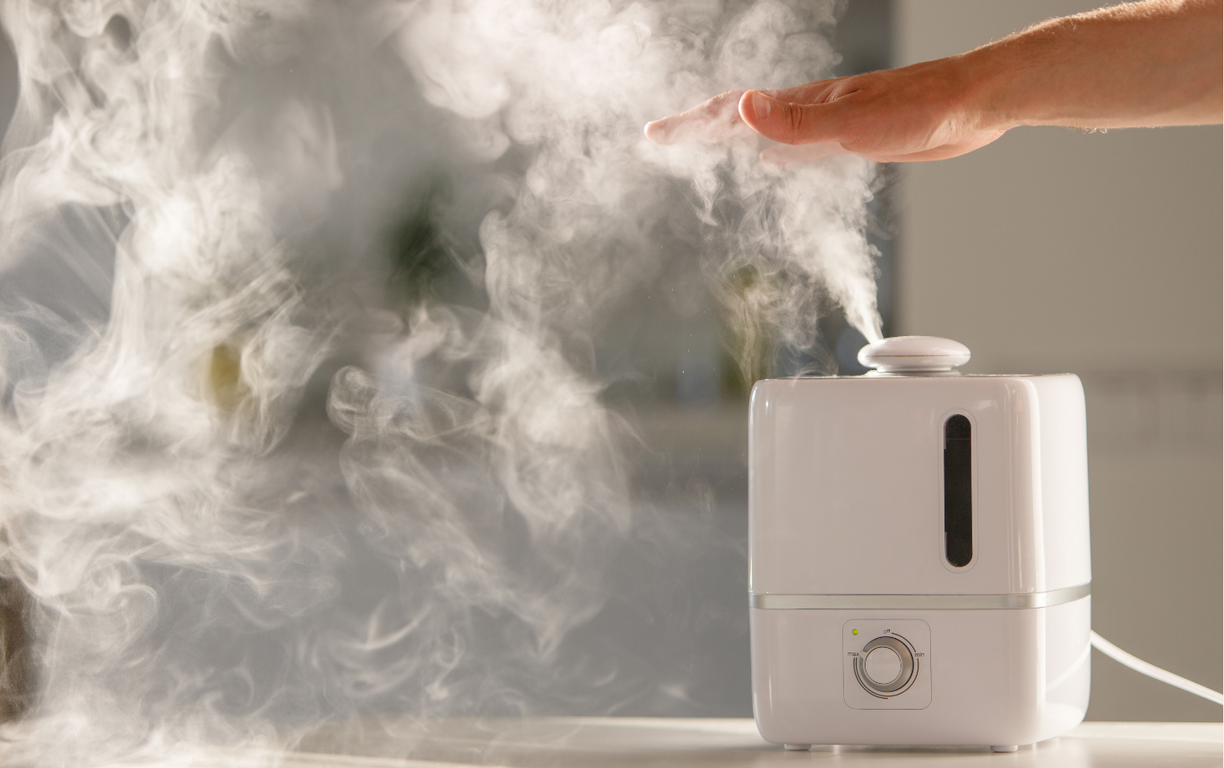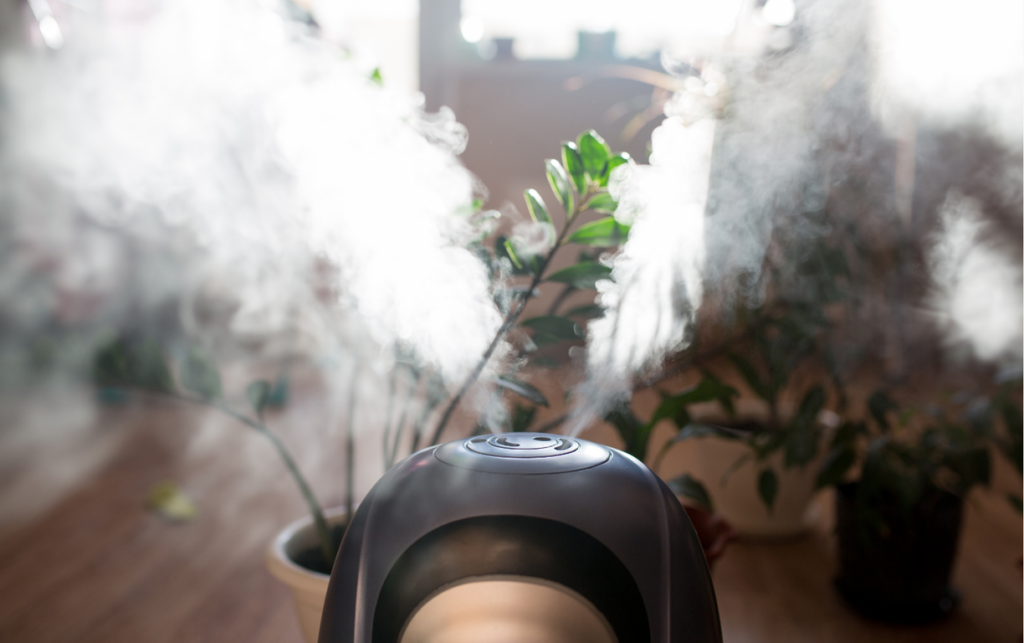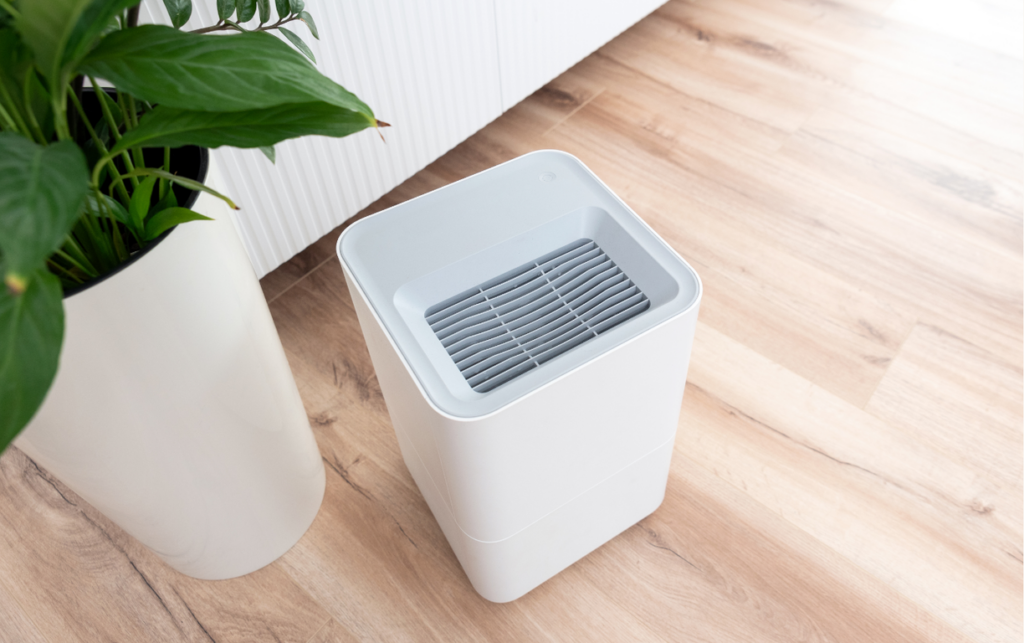Physical Address
304 North Cardinal St.
Dorchester Center, MA 02124
Physical Address
304 North Cardinal St.
Dorchester Center, MA 02124

Using a humidifier can transform dry air into a comfortable oasis, especially during harsh winter months. I’ve enjoyed the soothing effects of added moisture in my home, but it's crucial to understand that these devices come with potential risks. While they can alleviate dry skin and respiratory issues, the greatest hazard often lies in improper use.
When not maintained or monitored correctly, a h
Using a humidifier can transform dry air into a comfortable oasis, especially during harsh winter months. I’ve enjoyed the soothing effects of added moisture in my home, but it’s crucial to understand that these devices come with potential risks. While they can alleviate dry skin and respiratory issues, the greatest hazard often lies in improper use.
When not maintained or monitored correctly, a humidifier can create an environment ripe for mold and bacteria growth. This can lead to health issues that defeat the very purpose of using the device. In this article, I’ll explore the risks associated with humidifiers and share tips on how to use them safely, ensuring you reap the benefits without compromising your well-being.

Humidifiers play a vital role in maintaining indoor air quality, especially during dry months. Knowing the types and mechanisms of humidifiers helps me use them effectively.
Humidifiers function by adding moisture to the air, improving overall humidity levels. They draw in dry air and process it using various methods depending on the type. The moisture is then released into the environment, creating a more comfortable atmosphere. Each type operates distinctly, resulting in varying levels of humidity and maintenance needs. Proper use ensures that I can enjoy the benefits while minimizing health risks associated with over-humidification or stagnation.
Maintaining balanced humidity levels plays a crucial role in indoor air quality and overall health. Proper humidity not only enhances comfort but also prevents various health complications.
Proper humidity levels, typically between 30% and 50%, offer significant health benefits. It helps alleviate dry skin and reduces the risk of respiratory issues, such as asthma and allergies. Adequate moisture reduces airborne viruses and bacteria, thereby lowering the chances of infections. Additionally, proper humidity ensures that mucous membranes in the respiratory tract remain moist, aiding in effective filtration of airborne irritants. When the environment is comfortable and conducive to well-being, it contributes to better sleep and overall mood.
Low humidity can pose serious health risks. It often leads to dry skin, chapped lips, and irritations in the eyes and throat. Insufficient moisture in the air can exacerbate asthma symptoms and trigger allergies by increasing the presence of dust and other allergens. Moreover, dry air contributes to the proliferation of viruses, making it easier for them to spread. Extended exposure to low humidity levels can also damage wooden furniture and flooring, leading to costly repairs. Therefore, monitoring and maintaining appropriate humidity levels is essential for both health and property preservation.
The primary hazard of using a humidifier involves potential risks related to improper operation and maintenance. Awareness of these risks ensures effective usage without compromising health.
I often notice that many users overlook crucial maintenance practices. Common hazards include:
Using a humidifier without adequate attention to maintenance results in significant health concerns. Key health risks include:
By understanding these hazards, I emphasize the importance of regular cleaning and maintenance to ensure safe and effective humidifier use.

To prevent hazards associated with humidifier use, I focus on proper maintenance and selecting the appropriate unit for my needs. These actions significantly reduce risks and ensure health benefits.
Regular maintenance is crucial for safe humidifier operation. I clean my humidifier weekly by following these steps:
Following these tips helps maintain air quality and reduces health risks associated with airborne contaminants.
Selecting the right humidifier type prevents common hazards. I consider these factors:
By carefully selecting a humidifier that meets my specific needs and maintaining it diligently, I minimize potential hazards while enjoying the benefits of improved indoor air quality.
Using a humidifier can greatly enhance indoor air quality and comfort but it’s essential to be aware of the potential hazards. By understanding the risks of mold growth and bacterial contamination I can take proactive steps to ensure safe use. Regular maintenance and proper operation are key to reaping the benefits without compromising health.
Choosing the right humidifier for my space and keeping it clean can make all the difference. With the right precautions I can enjoy a healthier environment while minimizing any risks associated with humidity levels. It’s all about balance and awareness for a safe and comfortable home.